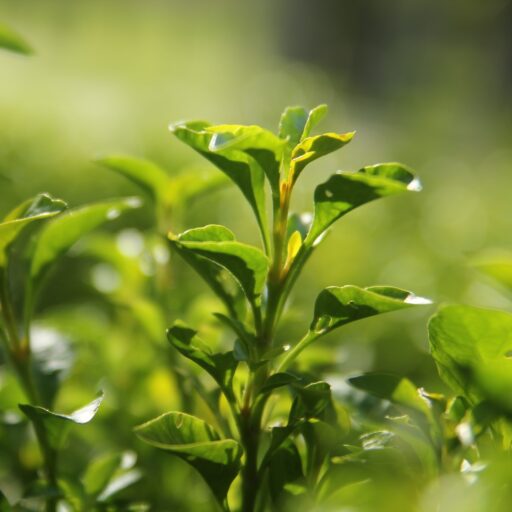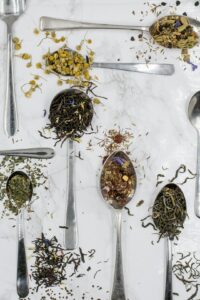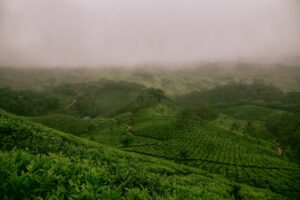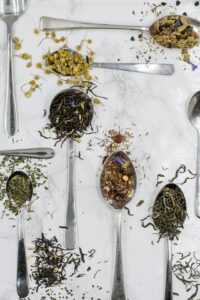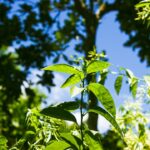Support our educational content for free when you purchase through links on our site. Learn more
How to Grow and Care for Camellia Sinensis (Tea Plant) Indoors [2024] 🌱
Have you ever dreamed of cultivating your own tea at home? Imagine sipping a cup of freshly brewed tea made from leaves you grew yourself. Well, you’re in luck! In this comprehensive guide, we’ll show you how to grow and care for Camellia Sinensis, the tea plant, right in the comfort of your own home. Get ready to embark on a tea-growing adventure that will delight your taste buds and impress your friends!
Table of Contents
- Quick Answer
- Quick Tips and Facts
- Background: The Fascinating History of Camellia Sinensis
- Choosing the Right Tea Plant Variety
- Creating the Perfect Growing Environment
- Potting and Repotting Camellia Sinensis
- Pruning: Shaping Your Tea Plant
- Propagating Camellia Sinensis: Growing New Plants
- Overwintering: Protecting Your Tea Plant
- Common Pests and Plant Diseases
- How to Get Your Tea Plant to Bloom
- Conclusion
- Recommended Links
- Reference Links
Quick Answer
Growing Camellia Sinensis indoors is a rewarding and enjoyable experience. While it may not be as easy as growing other houseplants, with the right care and attention, you can successfully cultivate your own tea at home. The key is to provide the tea plant with the ideal growing conditions, including the right amount of light, temperature, humidity, and soil acidity. With a little patience and dedication, you’ll soon be sipping on delicious tea made from your very own tea leaves!
✅ 👉 CHECK PRICE on: Tea Plants | Tea Plant Seeds | Tea Plant Starter Kit
Quick Tips and Facts
Before we dive into the nitty-gritty details of growing Camellia Sinensis, here are some quick tips and interesting facts to get you started:
- Camellia Sinensis is the plant species responsible for producing all true teas, including green tea, black tea, white tea, oolong tea, and pu-erh tea.
- The tea plant is an evergreen shrub that can grow up to 6-15 feet tall and 4-8 feet wide.
- Tea plants prefer a slightly acidic soil with a pH level between 4.0 and 5.5.
- They thrive in well-draining soil that is rich in organic matter.
- Tea plants require a minimum of 2-6 hours of direct sunlight per day, depending on your hardiness zone.
- The ideal temperature range for tea plants is between 70°F and 85°F during the growing season and 45°F to 61°F during dormancy.
- Tea plants benefit from increased humidity, especially when grown indoors.
- Regular pruning helps shape tea plants and maintain their health.
- Propagating tea plants from cuttings is an effective way to grow new plants.
- Tea plants can live for up to 30 years, and in their native environment, they can live for over 1000 years!
Now that you have a basic understanding of Camellia Sinensis, let’s explore the fascinating history of this remarkable plant.
Background: The Fascinating History of Camellia Sinensis
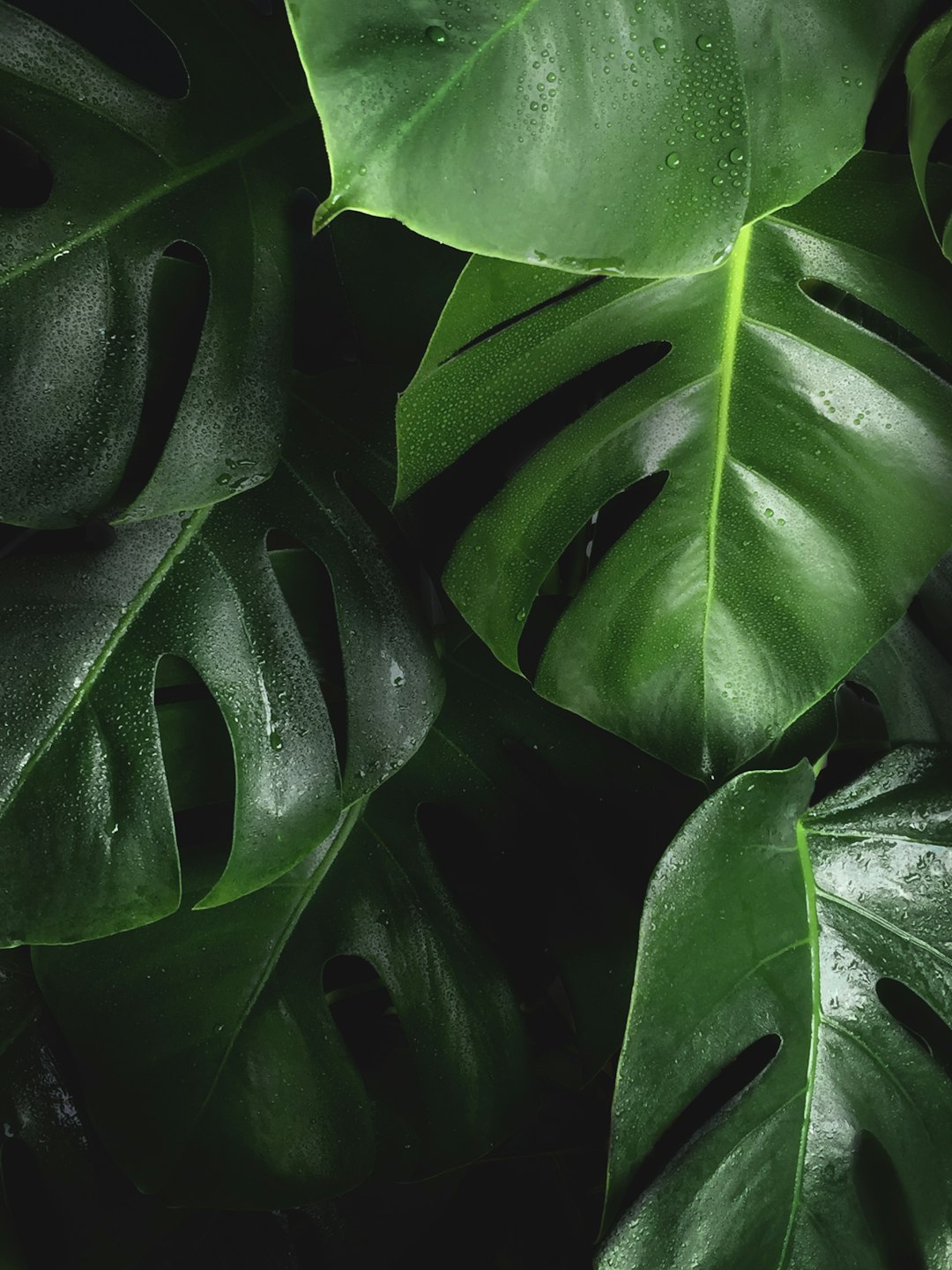
Camellia Sinensis has a rich and storied history that dates back thousands of years. Originating in East and Southeast Asia, this remarkable plant has been cultivated for its leaves, which are used to make tea. Tea has played a significant role in various cultures, from ancient China to modern-day Japan and India.
Legend has it that tea was discovered by the Chinese Emperor Shennong over 5,000 years ago. As the story goes, the emperor was boiling water when a tea leaf accidentally fell into his pot. Intrigued by the aroma and taste of the infused water, he took a sip and discovered the delightful beverage we now know as tea.
From China, the cultivation and consumption of tea spread to neighboring countries, including Japan, Korea, and India. Each culture developed its own unique tea traditions and methods of preparation. Today, tea is enjoyed by people all over the world, and Camellia Sinensis continues to be the most widely grown and cherished tea plant species.
Choosing the Right Tea Plant Variety
When it comes to growing Camellia Sinensis, there are two main varieties to choose from: Camellia Sinensis Sinensis and Camellia Sinensis Assamica.
Camellia Sinensis Sinensis is the variety most commonly grown in China and Japan. It is known for its smaller leaves and delicate flavor. This variety is well-suited for making green and white teas.
Camellia Sinensis Assamica, on the other hand, is native to the Assam region of India. It has larger leaves and a stronger, more robust flavor. This variety is often used to make black teas.
Both varieties can be grown indoors, but it’s essential to choose the one that best suits your taste preferences and growing conditions.
Creating the Perfect Growing Environment
To successfully grow Camellia Sinensis indoors, you’ll need to create the perfect growing environment. Here are the key factors to consider:
Light
Tea plants require a good amount of direct sunlight to thrive. In lower hardiness zones (6-7), place your tea plant where it will receive at least 6 hours of direct sunlight daily. In zones 8 and 9, tea plants need 2 to 6 hours of direct light and several hours of afternoon shade to prevent leaf scorching. If you don’t have access to sufficient natural light, you can supplement with grow lights to ensure your tea plant gets the light it needs.
Temperature and Humidity
Tea plants prefer temperatures between 70°F and 85°F during the growing season. During dormancy, which typically occurs in winter, tea plants require cooler temperatures between 45°F and 61°F. It’s important to maintain a consistent temperature range to promote healthy growth.
Increased humidity is beneficial for tea plants, especially when grown indoors. You can increase humidity levels by placing a tray of water near your tea plant or using a humidifier. Avoid placing your tea plant near drafts or heating vents, as these can cause fluctuations in temperature and humidity.
Soil
Tea plants thrive in slightly acidic soil with a pH level between 4.0 and 5.5. Most soils are higher in alkalinity, so it’s essential to test your soil’s pH before planting. If your soil is too alkaline, you can lower the pH by adding organic matter such as compost or peat moss. Tea plants prefer well-draining soil that is rich in organic matter. A mix of sandy loam and peat moss is ideal for growing tea plants.
Watering
Proper watering is crucial for the health of your tea plant. Tea plants prefer consistently moist soil, but they don’t like to sit in waterlogged conditions. Water your tea plant regularly, allowing the top inch of soil to dry out between waterings. Potted tea plants may require daily watering, especially during hot summer months. Use rainwater or distilled water to avoid the buildup of minerals that can affect the plant’s health.
Potting and Repotting Camellia Sinensis
When it comes to potting your tea plant, choose a container that is two times wider and deeper than the rootball. Plastic or glazed ceramic pots with drainage holes are recommended to ensure proper drainage. Fill the pot with a well-draining potting mix that is slightly acidic. A mix of peat moss, perlite, and compost works well for tea plants.
Repot your tea plant every three to four years if the roots become rootbound. This will give the plant fresh soil and room for growth. When repotting, gently loosen the roots and place the plant in a slightly larger pot. Fill in the gaps with fresh potting mix, making sure not to bury the stem too deeply.
Pruning: Shaping Your Tea Plant
Pruning is an essential part of tea plant care. It helps shape the plant, promotes healthy growth, and improves air circulation. Prune your tea plant in late winter or early spring, just after the bloom period. Remove any damaged, diseased, or dead branches. You can also prune to shape immature shrubs or maintain the size of container-grown plants. Use clean, sharp pruning shears to make clean cuts and prevent the spread of disease.
Propagating Camellia Sinensis: Growing New Plants
If you want to expand your tea plant collection or share plants with friends, propagating Camellia Sinensis is a great option. The most effective method of propagation is through single leaf cuttings. Here’s how to do it:
- Select a healthy, mature leaf from your tea plant.
- Cut the leaf into sections, making sure each section has a vein running through it.
- Dip the cut end of each section in rooting hormone to encourage root growth.
- Plant the sections in a well-draining potting mix, burying them about an inch deep.
- Keep the soil consistently moist and place the cuttings in a warm, humid environment.
- After a few weeks, you should start to see roots forming. Once the roots are well-established, you can transplant the new plants into individual pots.
Overwintering: Protecting Your Tea Plant
In areas with hard frost, it’s best to grow tea plants in pots and bring them indoors for the winter. Tea plants require a period of dormancy during the colder months, which is essential for their overall health and productivity. During dormancy, tea plants need cooler temperatures, bright filtered light, and humid air. Place your tea plant in a cool room or enclosed porch/sunroom where the temperature stays within the recommended range. Reduce watering during dormancy, allowing the top inch of soil to dry out between waterings.
If you’re growing tea plants in the garden, you can protect them from frost by covering them with a frost blanket or mulching around the base of the plant. This will help insulate the roots and protect them from freezing temperatures.
Common Pests and Plant Diseases
Like any plant, tea plants can be susceptible to pests and diseases. Here are some common issues you may encounter:
-
Pests: Tea plants can attract pests such as scale, aphids, and spider mites. Regularly inspect your plants for signs of infestation, such as sticky residue, yellowing leaves, or webbing. If you notice any pests, treat them with organic insecticidal soap or neem oil.
-
Diseases: Tea plants can be affected by various bacterial and fungal diseases, including root rot, leaf spot, and gray mold. To prevent diseases, make sure your tea plant is grown in well-draining soil and avoid overwatering. If you notice any signs of disease, remove and destroy affected plant parts and treat with appropriate fungicides if necessary.
How to Get Your Tea Plant to Bloom
Getting your tea plant to bloom can be a rewarding experience. While indoor tea plants rarely produce blooms, you can still encourage blooming by providing the right conditions. Here are some tips:
-
Temperature Control: Tea plants require a period of cooler temperatures to initiate blooming. During the dormancy period, make sure your tea plant is exposed to temperatures between 45°F and 61°F.
-
Proper Watering: Consistent moisture is essential for blooming. Water your tea plant regularly, allowing the top inch of soil to dry out between waterings. Avoid overwatering, as this can lead to root rot and other issues.
-
Fertilization: Fertilize your tea plant during the growing season to promote healthy growth and blooming. Use organic or standard NPK fertilizers, following the package instructions for application rates. Compost, blood meal, bone meal, and liquid fish emulsion are good organic choices for tea plants.
With the right care and attention, your tea plant may surprise you with beautiful blooms!
Conclusion
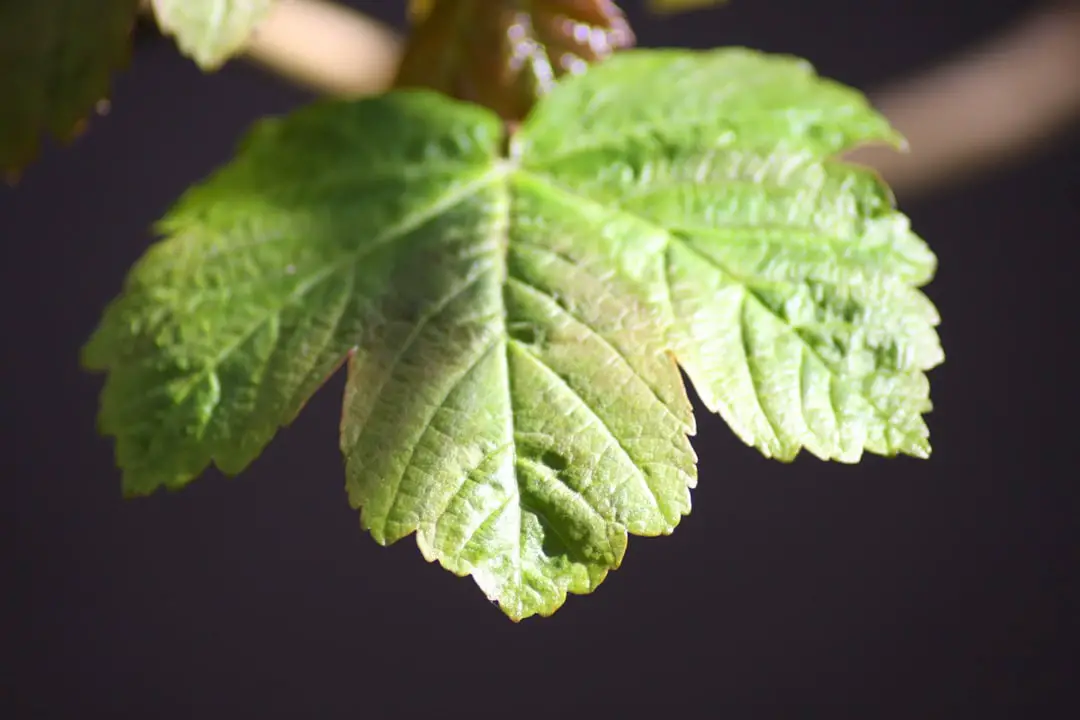
Growing Camellia Sinensis indoors is a delightful and rewarding experience. By providing the right growing conditions, including the ideal amount of light, temperature, humidity, and soil acidity, you can successfully cultivate your own tea at home. Remember to choose the right tea plant variety, create the perfect growing environment, and care for your tea plant through proper watering, pruning, and propagation. With a little patience and dedication, you’ll soon be enjoying the fruits of your labor, sipping on delicious tea made from your very own tea leaves!
Now that you’re equipped with the knowledge to grow and care for Camellia Sinensis, why not explore more about tea cultivation? Check out these related articles on Growing Teas™:
- Green Tea Cultivation
- Herbal Tea Planting
- Tea Plant Varieties
- Soil and Climate for Tea
- Tea Market Trends
And if you’re interested in growing teas from seed, check out our article on Growing Teas from Seed 2024 🌱
Recommended Links
- 👉 CHECK PRICE on: Tea Plants | Tea Plant Seeds | Tea Plant Starter Kit
- 👉 Shop Camellia Sinensis on: Amazon | Walmart | Etsy
- 👉 Shop Tea Plant Care Products on: Amazon | Walmart | Etsy
- 👉 Shop Tea Accessories on: Amazon | Walmart | Etsy
- 👉 Shop Tea Books on: Amazon
